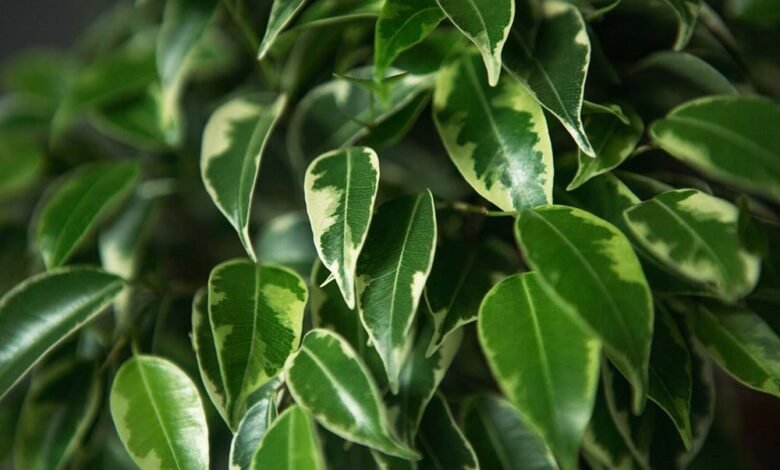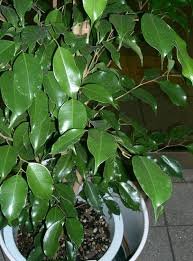
Ficus Benjamina Flowers
Ficus benjamina, also known as the weeping fig, is a popular ornamental plant admired for its elegant foliage and graceful growth habit. However, when it comes to flowers, many people are curious about whether this beloved houseplant blooms and, if so, what its flowers look like.
Does Ficus Benjamina Produce Flowers?

Yes, Ficus benjamina can produce flowers, but they are not what most people expect. The flowers are tiny and inconspicuous, hidden within a specialized structure called a syconium. This is the same botanical feature found in all fig species, including the common fig tree. The syconium is a hollow, fleshy structure that houses the flowers inside, making them nearly invisible to the naked eye.
In its natural habitat, Ficus benjamina relies on a specific species of wasp for pollination. These tiny insects enter the syconium to lay their eggs and, in the process, pollinate the flowers. Without these wasps, the plant rarely flowers or produces fruit indoors or in non-native environments.
Why Don’t We See Ficus Benjamina Flowering Indoors?
Ficus benjamina is typically grown as a decorative foliage plant, and flowering is uncommon in indoor settings. The lack of natural pollinators and specific environmental conditions, such as high humidity, ample sunlight, and space for the plant to grow large, prevent flowering in most home or office environments.
Even in outdoor gardens where the plant can flower, the blooms are not significant enough to be a highlight. Instead, the focus remains on its lush, glossy leaves that make it a popular choice for landscaping and interiorscaping.
Conclusion
While Ficus benjamina can technically produce flowers, they are tiny, hidden, and not a key feature of the plant. Its real appeal lies in its graceful form and vibrant foliage. For plant enthusiasts seeking a low-maintenance yet visually impactful addition to their space, the weeping fig is an excellent choice, with or without its elusive blooms.
